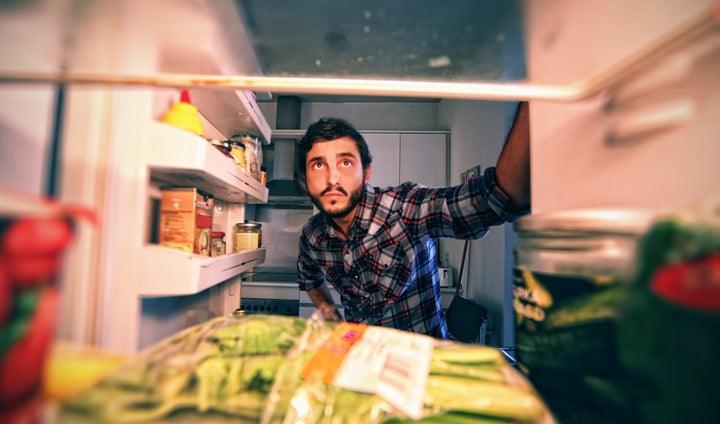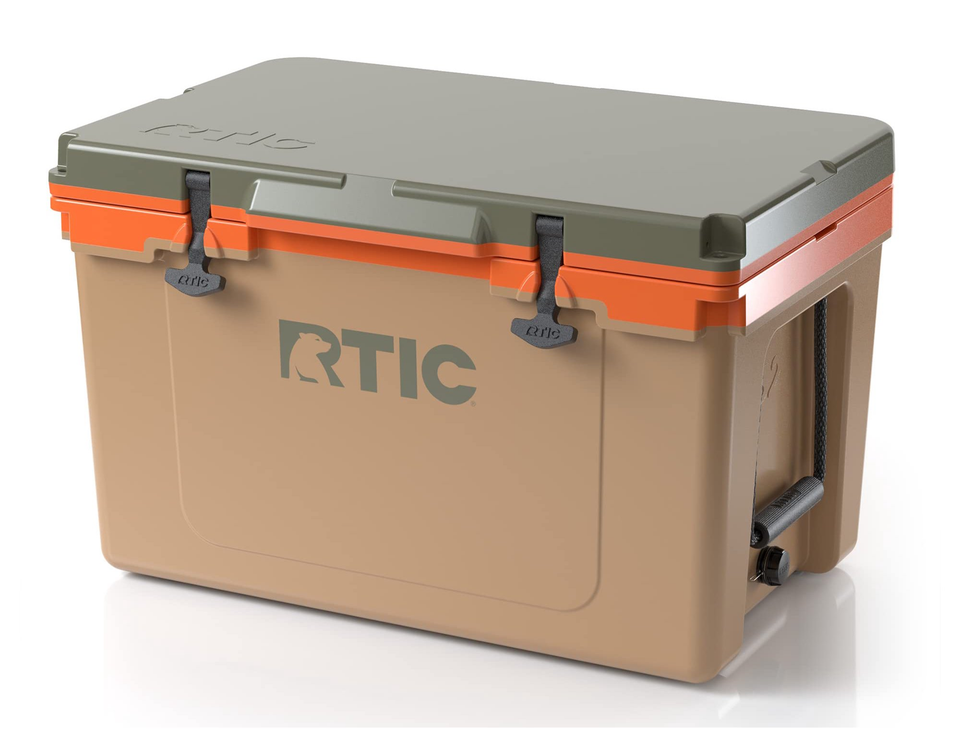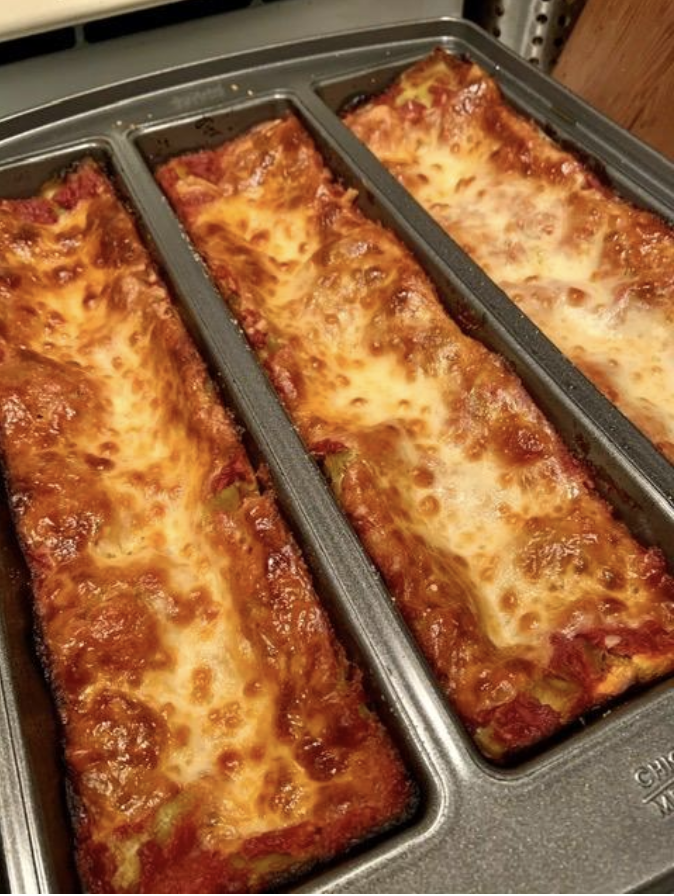
Storms and power outages often go hand in hand, and as thunderstorms, tornadoes, ice storms and hurricanes get more intense because of climate change, more people are losing electricity more frequently and for longer periods of time. And this can cause many food safety and food insecurity issues.
Matthew Taylor, senior manager of consulting in North America for the Global Food Division at the National Sanitation Foundation, explained that power outages and extended blackouts can cause the foods in your refrigerator and freezer to spoil and become unsafe to eat.
“While some people are aware of the importance of having an emergency preparedness kit with nonperishable foods and bottled water, many do not have a plan that covers what to do with existing foods to avoid food poisoning and food spoiling,” he said.
When foods can’t be kept at their proper temperatures and reach the “danger zone” between 40 and 140 degrees Fahrenheit for longer than two hours, it can encourage growth of bacteria, including salmonella, listeria, E. coli, and others, which can make you sick, explained Trevor Craig, food safety expert and corporate director of technical training and consulting at Microbac Laboratories.
As climate change worsens, it’s crucial to understand how to keep your food as safe as possible when you lose electricity. Here are some tips from food safety experts.
How to prepare your fridge and freezer for a storm.
When you know a storm is coming that might cause an outage, stack the foods in your fridge and freezer close together, which helps them stay cold longer, Taylor said.
If possible, purchase a block of dry ice or freeze containers of water beforehand to store in your fridge. Craig says this gives the appliance a boost and helps hold the cold for longer.
Full fridges and freezers generally warm more slowly than partially filled ones, but stocking up increases the risk of more things going bad if the power is out for a while, said Bruce Ferree of Insight Food Safety Consulting and a member of the Food Safety and Quality Management Division at the Institute of Food Technologists.
“I’m not a big fan of having more than one week’s food in there,” said Ferree, who suggests using up as much as you can before the storm hits. “I don’t like losing my food dollars or wasting foods, just like most consumers.”
How to protect your food when the power goes out.
Once the power goes out, here are a few things you can do to keep your food safe for as long as possible.
Keep the doors closed.
Your refrigerator is designed to hold in the cold for up to four hours, in most cases, and your freezer will usually keep items frozen for 24 to 48 hours, according to the U.S. Department of Agriculture.
“Opening and closing the doors will release what cold you have and cause the temperature to rise faster,” Craig said. So, keep the fridge and freezer doors closed for as long as possible to prevent the cold from seeping out.
You might be tempted to transfer items to an ice chest, but Ferree said it’s not always a good idea. “Your fridge and freezer are insulated and already cold. Keep the doors closed and wait it out,” he said.
Check the temperature.
Every appliance is different. Some refrigerators and freezers will keep foods at a safe temperature without power for longer than others.
“I’ve come home after my power was out for over 36 hours in the middle of summer, and the ice in the ice dispenser was still frozen,” Ferree said. “I’ve also seen everything in my fridge go rotten within three to four hours.”
Several factors affect how your appliance reacts to a power outage, including how warm it got, how long the power was out, and how hot or cold it is outside, he added.
That’s why it’s important to keep thermometers in the fridge and freezer. Check that the refrigerator stays at 40 degrees Fahrenheit or below and the freezer at or below 0 degrees, the USDA says. At temperatures higher than that, pathogens like E. coli or salmonella can start to grow, Ferree said.
Cook, if you can.
During a power outage, cooking some of your perishables via a gas stove or outdoor grill (if that’s an option) might seem like a way to preserve food. But food safety experts don’t always advise it.
Cooking often can kill some pathogens, but you might end up with too many leftovers, which you’ll also need to keep cold, Craig said. That’ll be difficult as the fridge and freezer are warming up.
But cooking can be a good idea if you immediately use the foods in cold storage, Ferree said. “Then you don’t have to worry about it spoiling or having to be thrown away,” he added.
What’s safe to eat — and what isn’t?
Food waste and food insecurity are growing problems, and no one wants to throw away food. But, it’s necessary when the fridge has been without power for four or more hours and the freezer for 48 hours.
Toss perishable foods that are at the highest risk for bacteria growth, including meat, fish, dairy, eggs and leftovers, Craig said.
“You can’t see bacteria unless the numbers are very high,” he explained. “And if you can see it, it’s way past the safe-to-eat point.”
Whole fruits, vegetables, most condiments (except for mayonnaise, which must be kept cold), and some hard and processed cheeses are likely safe to eat past the four-hour and 48-hour thresholds, Craig said.
Nonperishable foods, such as canned goods or processed items, are the safest choices during a prolonged power outage, Taylor said. “It’s also important to make sure you discard any food that has touched floodwater, including canned goods, as these could be contaminated and unsafe to eat,” he said.
Before eating anything after the power’s been out, do a quick check of the item. Is it slimy? Does it smell off? Has it changed color? How warm did it get — and for how long? If anything looks or smells different from how it should, don’t eat it, Ferree said.
Tossing these foods might seem wasteful, but it’s not worth getting a foodborne illness, which can cause vomiting, diarrhea and other gastrointestinal problems.
“Err on the side of food safety: When in doubt, throw it out,” Ferree emphasized.

